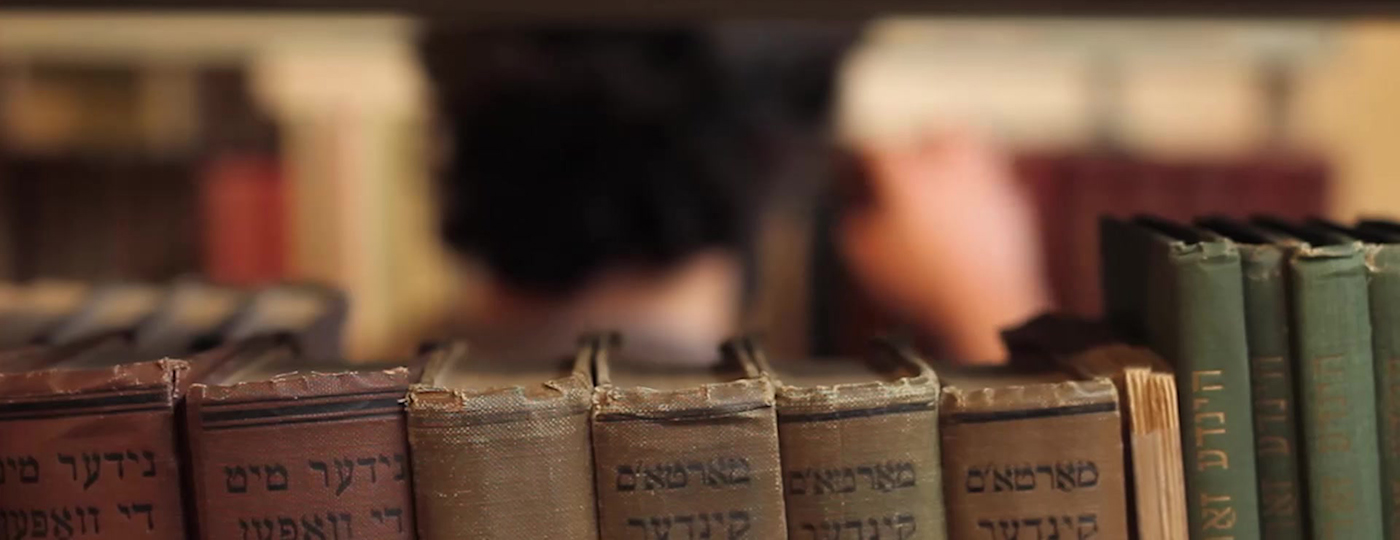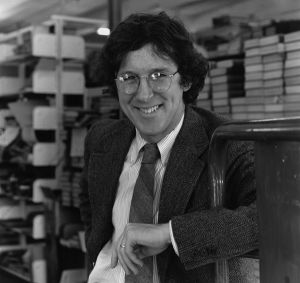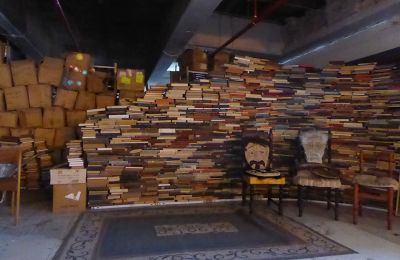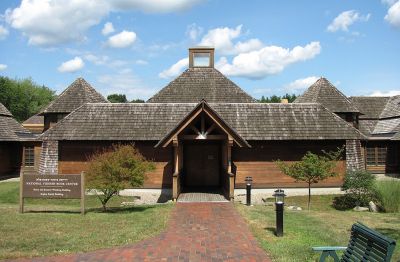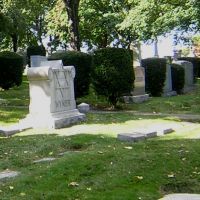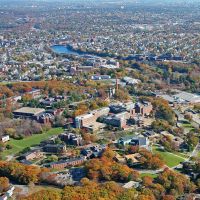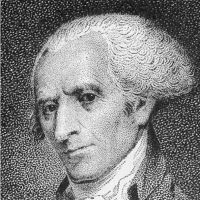Primary Source
From Aaron Lasky's Outwitting History: The Amazing Adventures of a Man Who Rescued a Million Yiddish Books:
…My enthusiasm matched only by my naivete, I assumed that [major Jewish organizations] would review my proposal, ask a few probing questions, applaud my initiative, and hand me a check. Instead, across one titanic desk after another, I met not with encouragement and support but condescension and dismissal:
"Yiddish books? Don't you know that Yiddish is dead?"
Admittedly, some were kinder than others, but the sentiments remained:
"The Jewish future lies with Hebrew, not Yiddish."
"Only bubbies read Yiddish anymore."
"Your plan is a throwback, an anachronism."
"You're riding the wrong horse, barking up the wrong tree; why don't you just go back to school and forget the whole idea."
"I don't think you understand," I protested. "If we don't save these books now, they'll be lost forever!" We as a people can't afford to lose our literature, our heritage, our culture…"
Outwitting History: The Amazing Adventures of a Man Who Rescued a Million Yiddish Books, by Aaron Lansky (Algonquin Books, 2004).


